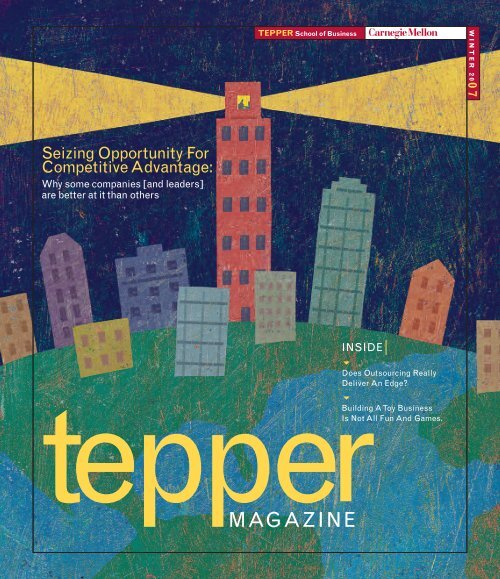The current official release of the driver is 6.4.6, released on September 26, 2011 by Christopher R. Baker cbaker+iwan1394@cs.cmu.edu. After more than a year of wrestling with the nuances of Microsoft's 64-bit operating systems, and with no small quantity of assistance from a few brave testers (you know who you are!), I am proud to officially release this next version of the CMU 1394 Digital. Alice is a free gift to you from Carnegie Mellon University. The Alice Project is dedicated to making Alice a widely accessible tool around the world for growing the diversity and access to early computer science education. Thanks to our donors we continue to be able to fulfill this mission with both our software and supporting materials. Find Carnegie Mellon University software downloads at CNET Download.com, the most comprehensive source for safe, trusted, and spyware-free downloads on the Web.
Navlab is a series of autonomous and semi-autonomous vehicles developed by teams from The Robotics Institute at the School of Computer Science, Carnegie Mellon University. Later models were produced under a new department created specifically for the research called 'The Carnegie Mellon University Navigation Laboratory'.[1] Navlab 5 notably steered itself almost all the way from Pittsburgh to San Diego.
History[edit]
Research on computer controlled vehicles began at Carnegie Mellon in 1984[1] as part of the DARPA Strategic Computing Initiative[2] and production of the first vehicle, Navlab 1, began in 1986.[3]
Applications[edit]
The vehicles in the Navlab series have been designed for varying purposes, '... off-road scouting; automated highways; run-off-road collision prevention; and driver assistance for maneuvering in crowded city environments. Our current work involves pedestrian detection, surround sensing, and short range sensing for vehicle control.'[4]
Several types of vehicles have been developed, including '... robot cars, vans, SUVs, and buses.'[1]
Vehicles[edit]
The institute has made vehicles with the designations Navlab 1 through 10.[4] The vehicles were mainly semi-autonomous, though some were fully autonomous and required no human input.[4]
Navlab 1 was built in 1986 using a Chevroletpanel van.[3] The van had 5 racks of computer hardware, including 3 Sun workstations, video hardware and GPS receiver, and a Warp supercomputer.[3] The vehicle suffered from software limitations and was not fully functional until the late 80s, when it achieved its top speed of 20 mph (32 km/h).[3]
Navlab 2 was built in 1990 using a US Army HMMWV.[3] Computer power was uprated for this new vehicle with three Sparc 10 computers, 'for high level data processing', and two 68000-based computers 'used for low level control'.[3] The Hummer was capable of driving both off- or on-road. When driving over rough terrain, its speed was limited with a top speed of 6 mph (9.7 km/h). When Navlab 2 was driven on-road it could achieve as high as 70 mph (110 km/h)[3]
Navlab 1 and 2 were semi-autonomous and used '... steering wheel and drive shaft encoders and an expensive inertial navigation system for position estimation.'[3]
Navlab 5 used a 1990 Pontiac Trans Sport minivan. In July 1995, the team took it from Pittsburgh to San Diego on a proof-of-concept trip, dubbed 'No Hands Across America', with the system navigating for all but 50 of the 2850 miles, averaging over 60 MPH.[5][6][7] In 2007, Navlab 5 was added to the Class of 2008 inductees of the Robot Hall of Fame.[8]
Navlabs 6 and 7 were both built with Pontiac Bonnevilles. Navlab 8 was built with an Oldsmobile Silhouette van. Navlabs 9 and 10 were both built out of Houston transit buses.[9]
See also[edit]
Carnegie Mellon University Driver Download For Windows 10
References[edit]
- ^ abc'Navlab: The Carnegie Mellon University Navigation Laboratory'. The Robotics Institute. Retrieved 14 July 2011.
- ^'Robotics History: Narratives and Networks Oral Histories: Chuck Thorpe'. IEEE.tv. Retrieved 2018-06-07.
- ^ abcdefghTodd Jochem; Dean Pomerleau; Bala Kumar & Jeremy Armstrong (1995). 'PANS: A Portable Navigation Platform'. The Robotics Institute. Retrieved 14 July 2011.
- ^ abc'Overview'. NavLab. The Robotics Institute. Archived from the original on 8 August 2011. Retrieved 14 July 2011.
- ^'Look, Ma, No Hands'. Carnegie Mellon University. 31 December 2017. Retrieved 31 December 2017.
- ^Freeman, Mike (3 April 2017). 'Connected Cars: The long road to autonomous vehicles'. Center for Wireless Communications. Archived from the original on 1 January 2018. Retrieved 31 December 2017.
- ^Jochem, Todd. 'Back to the Future: Autonomous Driving in 1995 - Robotics Trends'. www.roboticstrends.com. Retrieved 31 December 2017.
- ^'THE 2008 INDUCTEES'. The Robot Institute. Archived from the original on 26 September 2011. Retrieved 14 July 2011.
- ^Shirai, Yoshiaki; Hirose, Shigeo (2012). Attention and Custom for Safe Behavior. Robotics Research: The Eighth International Symposium. Springer Science & Business Media. p. 249. ISBN978-1447115809.

External links[edit]
Carnegie Mellon University Driver Download For Windows 10 Download
The Tepper School of Business is globally renowned for its analytical approach to business problem solving. It is an integral part of Carnegie Mellon University, a top-tier research university that has become the center for disciplines including data science, robotics, business intelligence and additive manufacturing. Several faculty members of the online MS in Business Analytics also hold appointments in other schools including Carnegie Mellon’s top-ranked School of Computer Science.
Carnegie Mellon University Driver Download For Windows 10 32-bit
Our MSBA program provides students with exceptionally robust coursework in business analytics techniques, with a special focus on machine learning and optimization. All of the advanced analytics skills we teach are delivered in a business context, ensuring that students graduate knowing how to efficiently, effectively and creatively apply their analytics expertise to business problems. Furthermore, the Tepper School’s Accelerate Leadership Center offers students the opportunity to improve their leadership, inter-personal and communication skills, through online assessments and one-on-one coaching.
Additionally, the program’s on-campus experiences provide opportunities for online students to interact closely with faculty, each other and industry professionals working at companies that look to Carnegie Mellon and the Tepper School for high-caliber talent.
